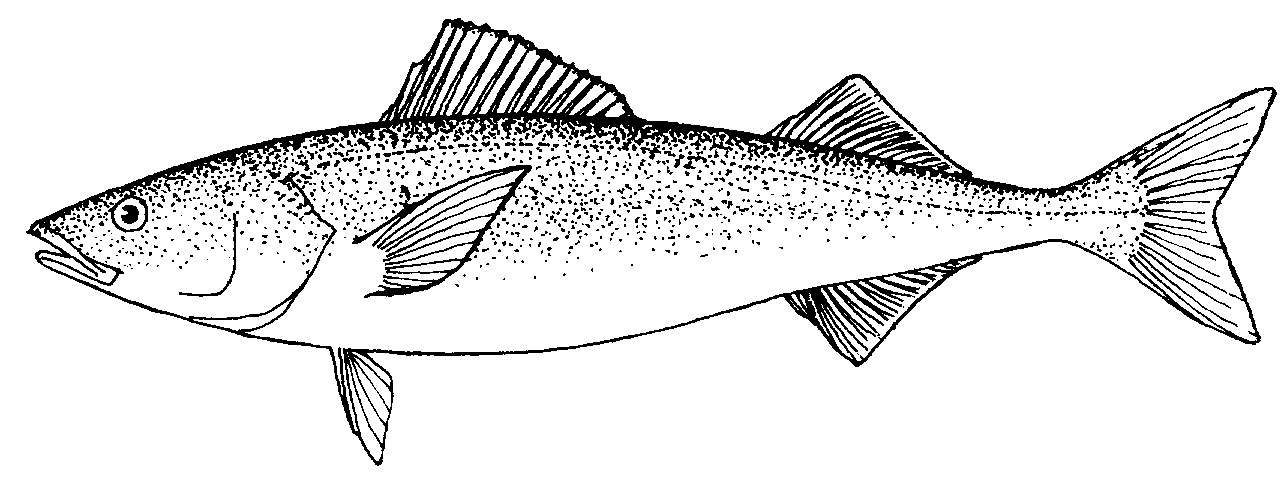
WEST COAST FISHING INDUSTRY
There are a variety of different fishing gears used on the west coast. Some vessels specialize and use only one type of gear while others will switch gears for different fish seasons. The most common gear types on the west coast include: trawl,troll,pots, longline, and gillnet.
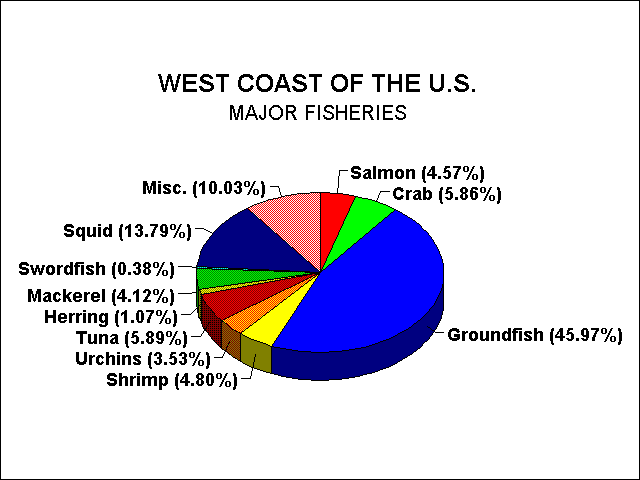
TRAWLING
The word trawling (rhymes with "crawling") is sometimes confused with the word trolling (rhymes with "rolling"). Trawlers tow a funnel-shaped net through the water, between 50 and 4,000 feet below the surface. You can recognize a trawler by the large net reel at the back of the boat. While fishing, the net allows small fish to swim through but keeps larger fish. Trawlers catch groundfish and shrimp. This is the bulk of seafood available to the seafood consumer. Trawling for Groundfish occurs throughout the year, with seasonal distribution affecting availability. Trawling for Pink Shrimp occurs from April through October; however most shrimp is individually Quick Frozen and is available year round.
Some people mistakenly believe that all fishing nets capture and kill marine mammals and birds. Trawl nets move along the ocean floor at great depths. Research has shown that trawling has no effect on marine mammal and bird populations.
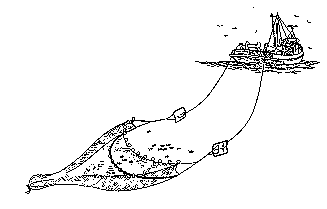
Species Caught:
- Dover Sole
- Pacific Cod
- English Sole
- Starry Flounder
- Petrale Sole
- Pacific Pink Shrimp
- Rex Sole
- Pacific Whiting (Hake)
- Lingcod
- Sablefish (Blackcod)
- Rockfish
- Channel Rockfish
- Prawns
TROLLERS
Trollers are the most numerous type of commercial fishing vessel. You can recognize a troller by the long, thin outrigger poles which parallel each other and stand straight up when not in use. Numerous lines containing baited hooks are attached to the outrigger poles and slowly pulled through the water. All ocean salmon are caught by trollers. The season is established by law and takes place in summer months. 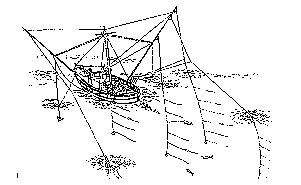
Species Caught:
- Chinook (King) salmon
- Coho (Silver) salmon
- Albacore Tuna
- Sablefish (Blackcod)
- Lingcod
- Rockfish (sold as Snapper)
POTS (OR TRAPS)
Pots are used to harvest crabs during crab season. For most areas of the coast, the season starts in December and lasts into summer though most crabs are captured in the first two months of the season. Trawl boats and troll boats are used to carry pots out to sea and back to shore.
The pots are baited and set on the ocean floor. There may be up to 100 pots in a string, and boats may have several strings in operation at a time. Each fisherman paints his/her buoys with a unique color scheme and attaches them to every pot. This provides a method of identification out on the ocean. Escape rings in the pot insure that undersized crabs and other animals can get out easily. Crabs are kept alive on board until the boat returns to the shoreside processor. 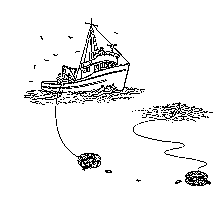
Species Caught:
- Dungeness Crab
- Rock, Box & Hermit Crabs
- Sablefish (Blackcod)
LONGLINE
A longline fisherman lays a line of baited hooks along the ocean floor. The hooks are 3-12 feet apart, and the line can be miles long. Longline boats also have more than one line fishing at a time. Markers (flags) and large, orange buoys float on the surface to indicate the position of the longline below. The markers, buoys and tubs of line are often visible on the deck of a longline vessel. 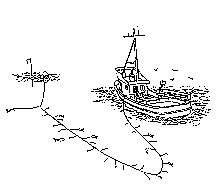
Species Caught:
- Pacific Halibut
- Sablefish (Blackcod)
- Rockfish (sold as Snapper)
GILLNETS
Gillnets are flat nets that hang vertically from a buoyed line. They are used to catch a variety of fish in the ocean as well as salmon in the Columbia River and Puget Sound and herring in Humboldt Bay and San Francisco Bay.
While these inland gillnets may appear similar to the high seas driftnets used by some nations, coastal and river gillnets pose no threat to marine mammals and sea birds. Several top environmental groups have echoed this statement. Gillnets have a long and respected reputation in the seafood industry. 